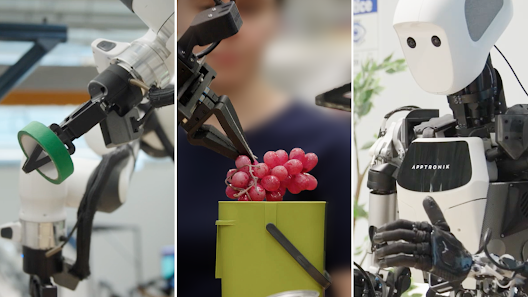Boston recently played host to a groundbreaking smart city hackathon where artificial intelligence met urban infrastructure to tackle real-world challenges.
Three Days of Innovation: Code Metal’s Smart City Hackathon
From March 14–16, AI startup Code Metal hosted an intensive three-day event in downtown Boston, inviting 14 multidisciplinary teams from institutions like Harvard, Boston University, and the U.S. Department of Defense to participate. The goal? To design cutting-edge solutions that apply AI and automation to urban environments, particularly in support of U.S. Special Operations Command (SOCOM) missions.
Lantern: A Game-Changing Urban Surveillance Tool
The hackathon’s top honor went to Team Medarus for their project “Lantern.” This innovative system uses passive sensors embedded in common city objects to detect and track vehicle data such as tire pressure. These sensors work together in a low-power mesh network to transmit information back to a central hub.
Code Metal described Lantern as a low-cost, easily deployable system that integrates seamlessly with existing smart city infrastructure. Its design caters to both municipal use and specialized operations, offering continuous monitoring even in areas typically off the radar.
Real-World Testing and Practical Deployment
More than just a concept, Lantern was fully prototyped and tested in a live urban setting during the hackathon. “What made Lantern stand out was its proven ability to function in real-world conditions,” said Code Metal CEO Peter Morales. The team even demonstrated the ability to remotely read RFID tags from tires, showcasing a unique surveillance capability.
Other Notable Entries: From Bodycams to Cybersecurity
Second place was awarded to Team C:4 from MIT for “Project Code Three,” a powerful system that analyzes bodycam footage in real-time to aid first responders and law enforcement. Meanwhile, third place went to a Department of Defense Special Forces team for “Unsanitized Inputs,” which proposed novel methods for securing data in urban networks.
Strategic Implications and Future Collaborations
Code Metal emphasized the dual-use potential of the technologies developed during the event. “This hackathon was designed to build real solutions for real environments—especially in city and government deployments,” noted Morales. With the success of this initiative, the company intends to foster future partnerships to further integrate smart technologies into national and municipal frameworks.
AI Security in the Spotlight
Morales also addressed the growing concern around AI-driven attacks. “AI can execute millions of exploit attempts in seconds, adapting and learning as it goes. That means traditional security models are no longer enough,” he said. This sentiment aligns closely with current discussions in the cybersecurity space, such as those explored in this analysis on the cybersecurity risks of advanced AI systems.
As AI continues to evolve and intersect with urban infrastructure, events like this hackathon highlight the importance of mission-driven technological development—and the need for robust, adaptive security frameworks to match.







